How Clothes Are Made in Pakistan, From Cotton to Craftsmanship That Delivers Quality & Authenticity
Have you ever been curious about the production process of Pakistani apparel, especially when the handcrafted fabrics are so beautiful, but you do not know how they are made? This presents a problem because you do not know where your cotton is coming from, whether the dyes are environmentally harmful, or whether the stitching adheres to fair labor standards. Even though the clothes are gorgeous, you only feel uncertain about their quality, patchy traceability, and lack of craftsmanship knowledge. I get it: sourcing with confidence feels impossible.
Here’s the solution: this blog walks you through how clothes are made in Pakistan, from raw cotton in the fields to the final packaged garment. You’ll discover step by step what farmers, ginners, spinners, weavers, printers, embroiderers, stitchers, and quality‑control pros do. You’ll learn what checks they run, what standards they follow, and how ethical and environmental practices are increasingly at play. You get clarity, transparency, and confidence in every stitch.
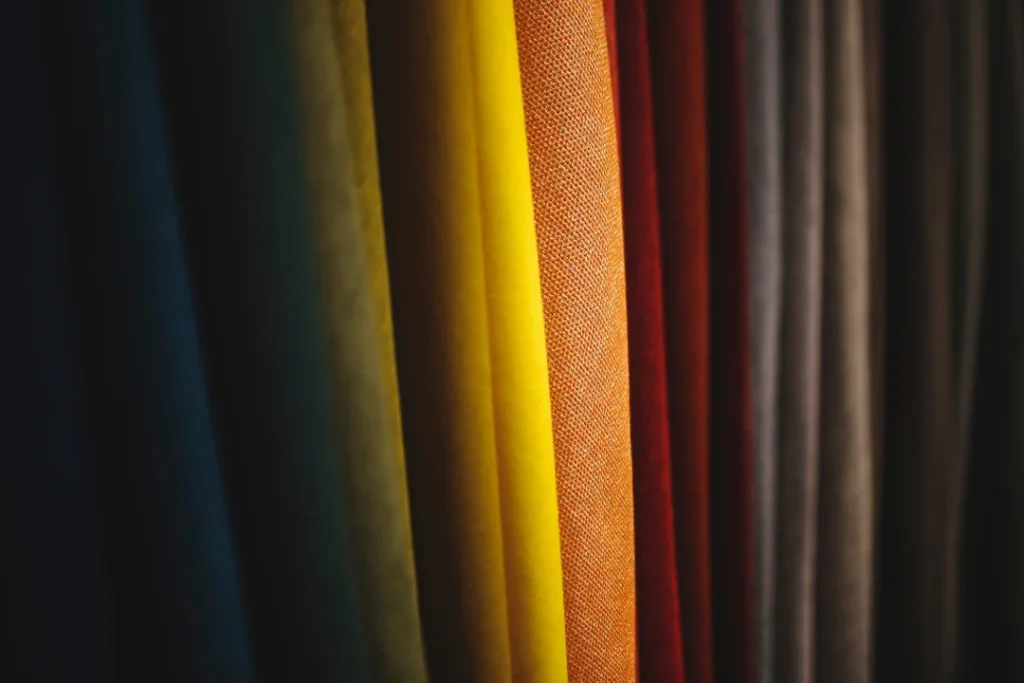
From Field to Fiber: Early Steps
Let’s start at the source: cotton farmers in Punjab and Sindh cultivate high‑grade cotton. When harvest time arrives, farmers choose bolls that are appropriately developed. The cotton is then sent to ginning mills, where machinery separates the seeds from the fiber. Clean, pure cotton fiber, which ensures softness and strength before any further actions are made, is the cornerstone of Pakistani custom apparel manufacturers in Pakistan.
Those gins feed the fiber into spinning mills. There, skilled operators twist and draft yarn, determining thread count and tensile strength. If you want to truly understand how clothes are made in Pakistan, you have to appreciate how carefully yarn gets made, because that affects everything else downstream.
Dyeing and Preparation
Next, yarn or fabric goes to dye houses. After cleaning it with bleach, they add color, sometimes using chemical dyes and other times using natural dyes like indigo. Timing, pH, and temperature are continuously checked. This is crucial for Pakistani clothing quality; strong chemicals or uneven dyeing would degrade the process.. Better plants even treat used water and reuse it, which show textile industry in Pakistan responding responsibly.

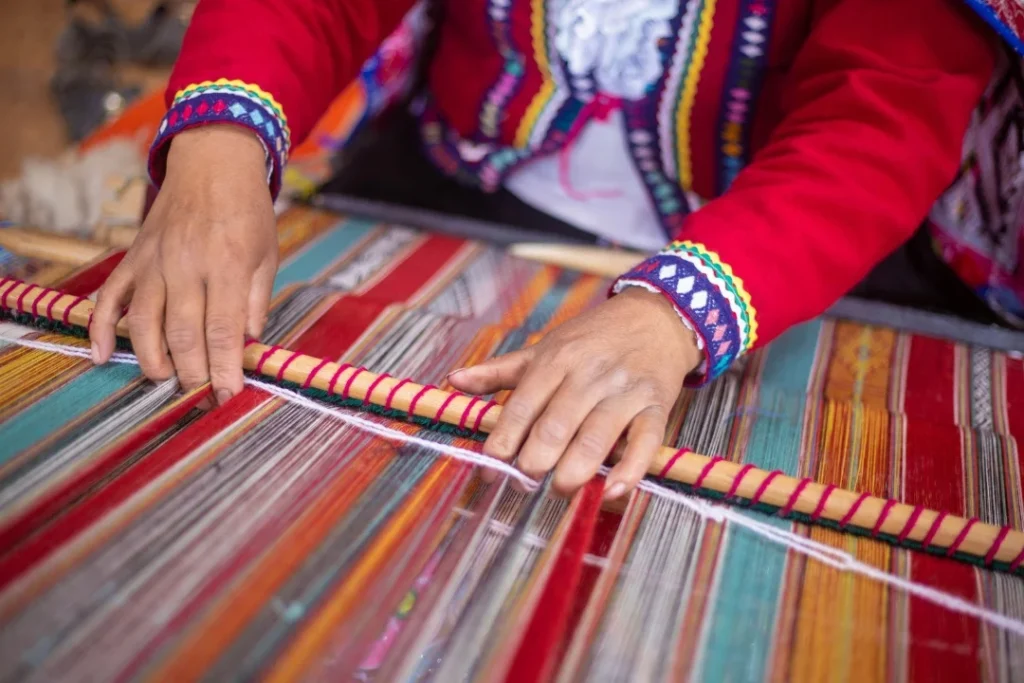
Weaving and Knitting
After dyeing, fabric is formed. Warp and weft yarns are woven into fabric using looms. Some manufacturers continue to weave by hand, emulating the leisurely pace of shuttle looms while creating textiles like heritage patterns or khaddar. Skilled operators detect slubs or weak edges before any roll gets approved. That attention is critical to how clothes are made in Pakistan, because flawed fabric ruins even the best design.
Printing, Embroidery, Surface Detail
Now fabric transforms. With printing, screen, rotary, or block, you get designs: florals, geometrics, crescents. Embroidery crafts add threadwork like chikankari or mirror‑work. Talented artisans apply beads, sequins, or hand‑stitched motifs. These decorative finishes define how clothes are made in Pakistan, adding character and cultural richness to otherwise plain cloth.
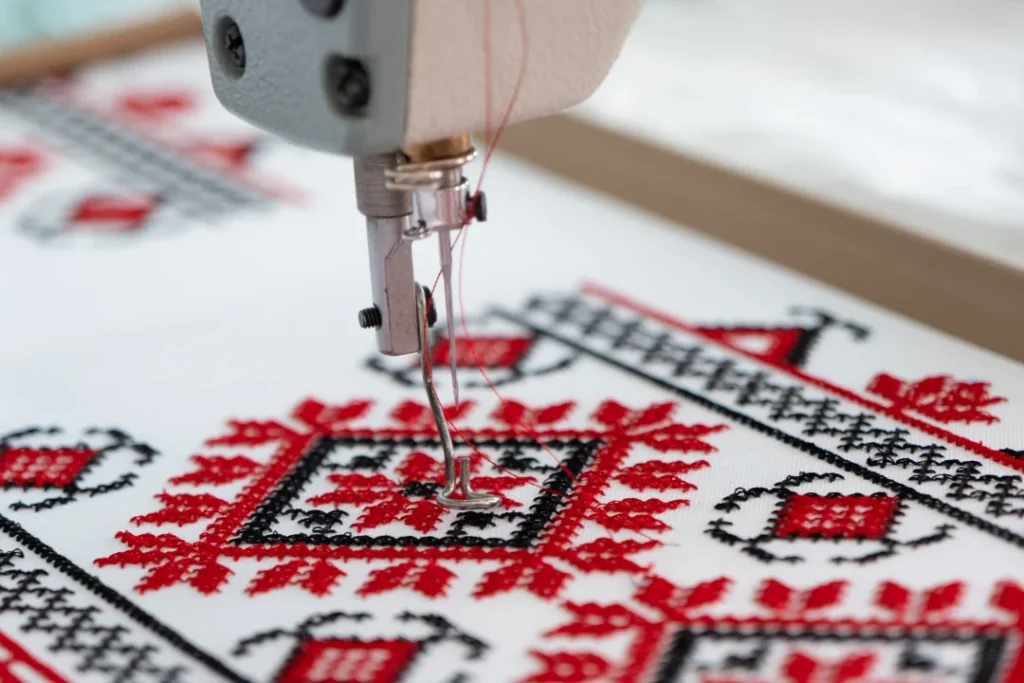
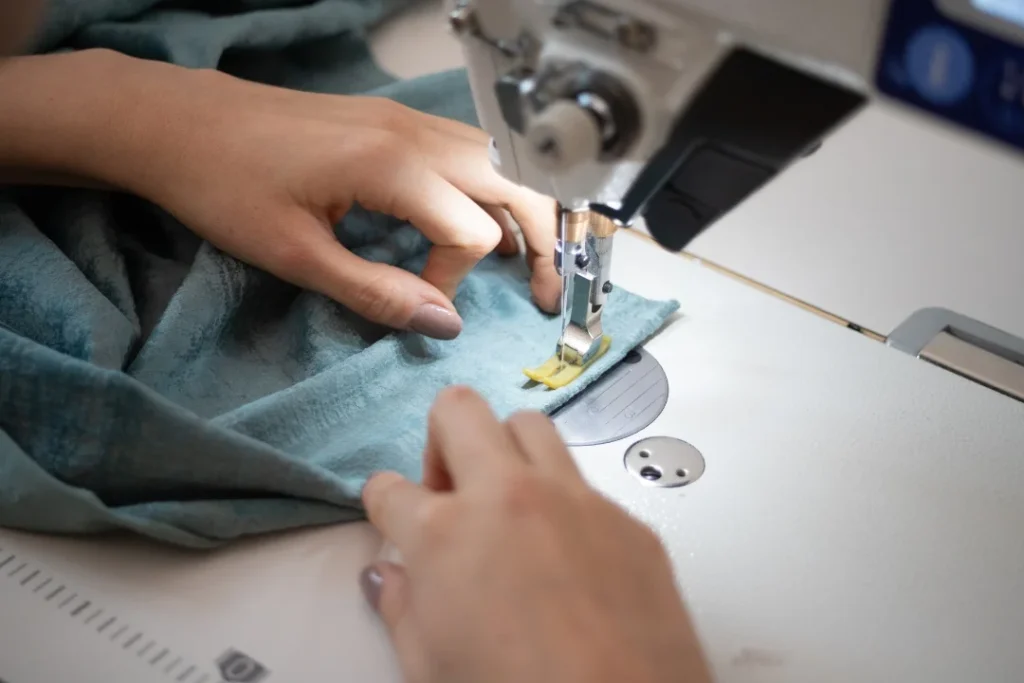
Cutting and Stitching
Design patterns get graded for size, then cut. Pieces, plackets, collars, buttonholes, and sleeves to bodies are stitched together by tailors or machine operators. After that, an assembly-line-style crew checks the fit and polish, cuts any loose threads, and examines the seams. This structured production explains how clothes are made in Pakistan to meet global standards. Each stage improves quality while managing speed.
Finishing and Quality Control
Every article of clothing undergoes a thorough last inspection before being packaged or bagged. Each item is examined by the staff to ensure that the buttons are securely fastened, the stitching is sturdy, the color has not changed, and the sizes correspond to the design. At this point, labels with the country of origin and care instructions are added. Then come the pressing, folding, and neat packing; each item is steamed, shaped, and prepared like it’s heading to a boutique shelf. Many factories follow well-recognized international standards, including SMETA, BSCI, or ISO, not just for show, but to maintain the same level of quality, shipment after shipment.

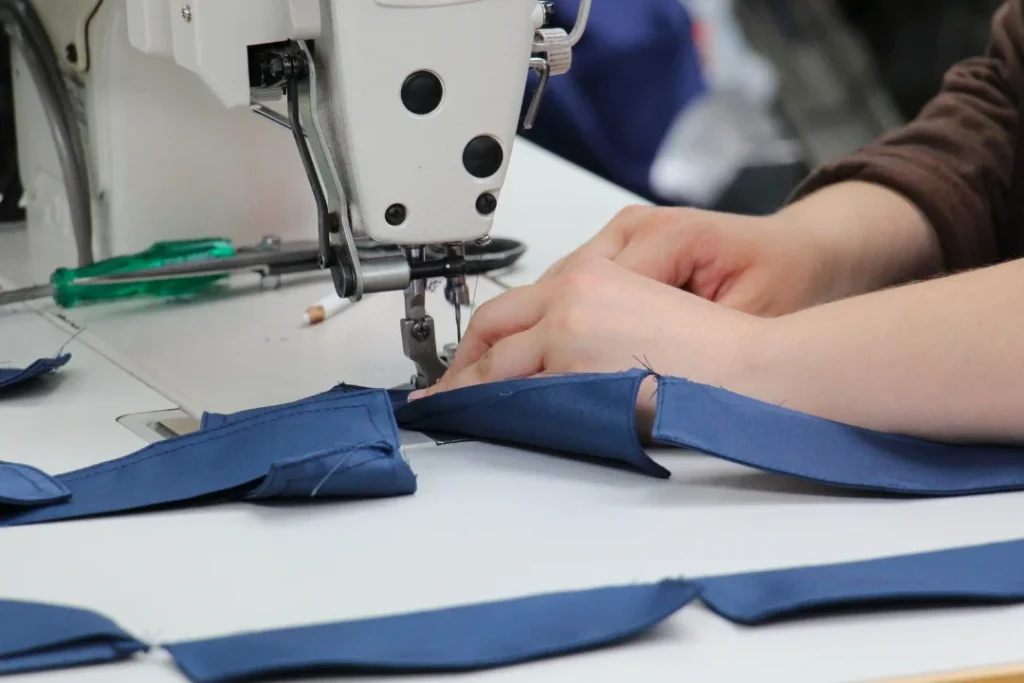
The Intersection of the Old and the New
There is a unique quality to Pakistani clothing production. It is heritage at work, not just machines doing their jobs. Years of artisans still know how to make block prints by hand, work a khaddi (handloom), or embroider using traditional designs that have been handed down through the years.
What That “Made in Pakistan” Label Tells You
It tells a significant tale. Farmers tend to the crop in the sun in the cotton fields, where it all begins. The fiber then makes its way to spinners and ginners, who transform it into yarn. Weavers and knitters turn the yarn into cloth. Next is the color, which can be produced by industrial vats or natural dyes. Patterns are made by designers. Details are embroidered by artisans. It is shaped into a wearable item by stitchers.


Why This Matters to You
You get textiles that feel soft, resist fading, and wear well thanks to quality checks and skilled hands. For brands, it means tapping into world‑class production at competitive cost. For eco‑aware buyers, it means increasing transparency in sourcing. And for curious minds, it means appreciating the journey behind every piece.
Final Words
Understanding the Pakistani clothing manufacturers in Pakistan process makes every step transparent, from the production of cotton to the dyeing of textiles to the final seams. It is a method that combines craft history with contemporary efficiency, based on human skill and growing techniques. This approach delivers quality, ethics, and confidence to customers, brands, and anybody else interested in textile production.
Please let me know if you would like more information about artisan co-ops, factory certifications, regional craft specialties, or other details.
FREQUENTLY ASKED QUESTIONS
Because Pakistan produces medium to long staple cotton, the fiber is durable and absorbent. Specialized ginning preserves fiber integrity. That’s why how clothes are made in Pakistan starts with cotton that works brilliantly with dyes and weaving.
The better mills install effluent‑treatment systems and reuse water. Some use solar heaters and natural dyes. That reflects how clothes are made in Pakistan is shifting toward greener methods.
Reputed manufacturers adhere to labor guidelines, minimum wage, safe conditions, and regular breaks. Many undergo audits like BSCI or SA8000. That kind of oversight affects how clothes are made in Pakistan, ensuring ethical production.
Yes. Many ateliers accept small‑run orders and craft garments using hand‑embroidered or block‑printed fabric. That illustrates how bespoke artistry factors into how clothes are made in Pakistan.
They implement in‑line inspections at every step, yarn testing, fabric checking, color sampling, seam reviews, and final garment audits, both digitally and manually. That’s how clothes are made in Pakistan to meet international buyer expectations.
Factories coordinate with ports like Karachi or Lahore, manage documentation, quality certification, and shipping. Usually, garments ship within weeks or a few months, depending on volume. That scheduling fits into how clothes are made in Pakistan at a global scale.
